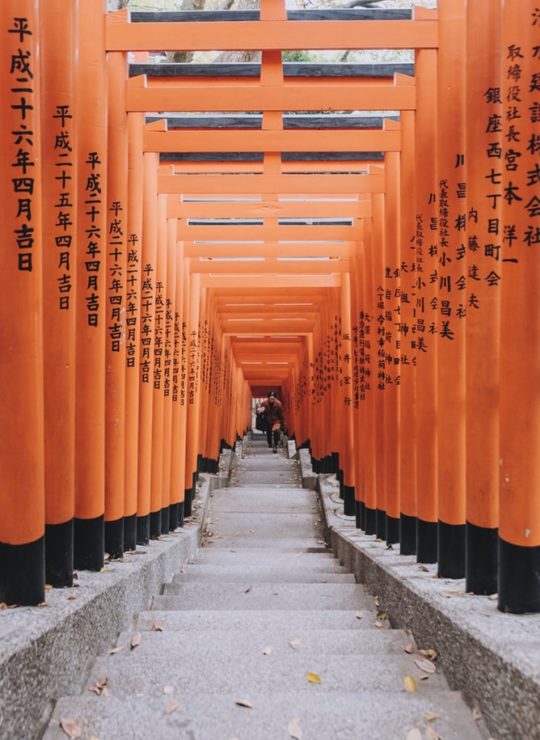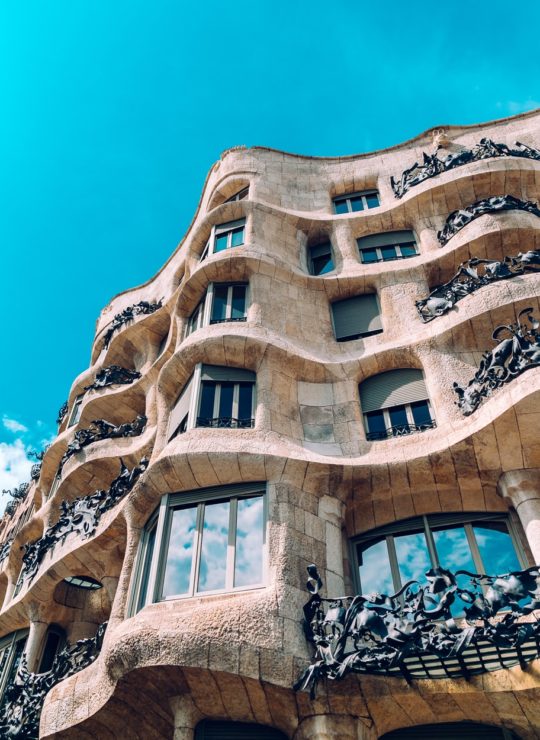Cuban national parks
In Cuba, national parks and protected areas are primarily managed by the National Center for Protected Areas (CNAP), which operates under the Ministry of Science, Technology, and Environment (CITMA). CNAP is responsible for coordinating conservation efforts, managing biodiversity, and ensuring the sustainable use of natural resources within these areas.
Understand
[edit]There are eight national parks in Cuba, plus protected natural areas with other designations.
Parks
[edit]
- 1 Viñales National Park - valley with craggy karst hills called mogotes and a fertile plain where tobacco is grown using traditional methods: a
 UNESCO World Heritage Site.
UNESCO World Heritage Site. - 2 Ciénaga de Zapata National Park - vast swamp with several endangered and endemic plants and animals, a UNESCO Biosphere Reserve and a Ramsar wetland.
- 3 Guanahacabibes Peninsula National Park - peninsula with pure silica sand beaches and more than 100 lakes. A UNESCO Biosphere Reserve and a Ramsar wetland
- 4 Jardines de la Reina National Park - archipelago of over 600 islands and cays in the Caribbean Sea off Cuba's southern coast
- 5 Topes de Collantes National Park = protects a natural area in the Escambray Mountains with rugged mountain scenery and several hiking trails for exploring the backcountry
- 6 Alejandro de Humboldt National Park - with several rivers and a rich biodiversity, the park is a
 UNESCO World Heritage Site
UNESCO World Heritage Site - 7 Desembarco del Granma National Park - natural area with craggy karst cliffs, caves, and fascinating rock formations, the park has a great biodiversity and is also historically significant in that it marks the place where Fidel Castro, Che Guevara and others landed in 1956 to begin Cuba's communist revolution. A
 UNESCO World Heritage Site.
UNESCO World Heritage Site. - 8 Sierra Maestra National Park - mountain range that includes Pico Turquino, the highest peak in Cuba


 Français
Français Italiano
Italiano




